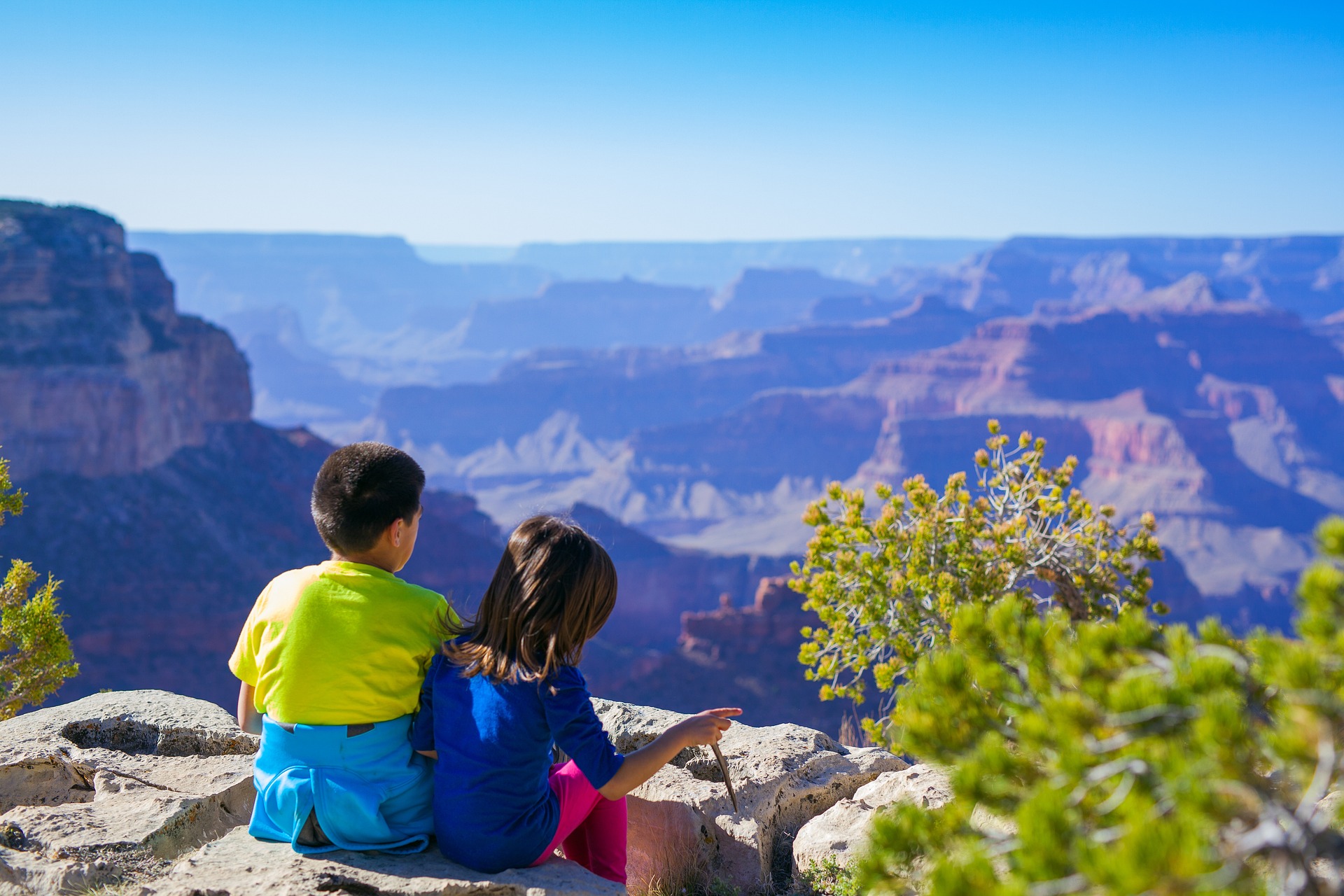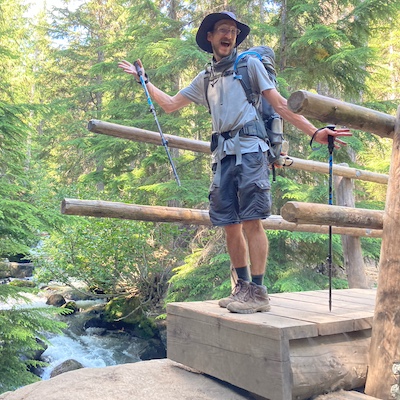
Plants of the Owyhee Canyonlands
Five plants that are important to the Owyhee Canyonlands. Five more reasons to make sure this fragile ecosystem is permanently protected.
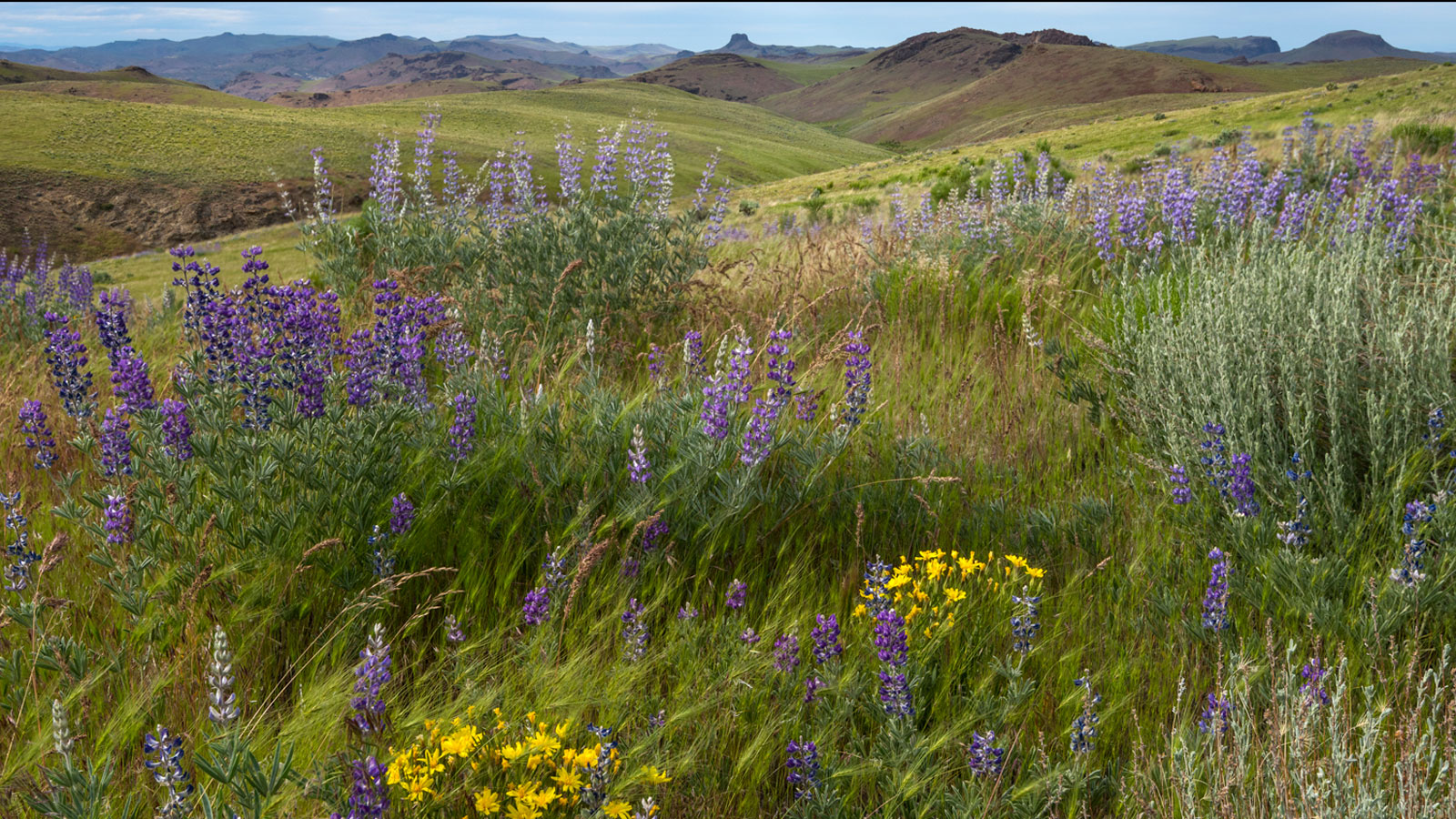
Throughout the colorful canyons, sweeping seas of sagebrush and rushing rivers that contribute to the awe-inspiring landscape of the Owyhee Canyonlands in southeastern Oregon, several plant species play important roles in maintaining the ecosystem’s health and function. With 28 plant species in this area that are found nowhere else in the world, it’s challenging to pick favorites, but some key plants include:
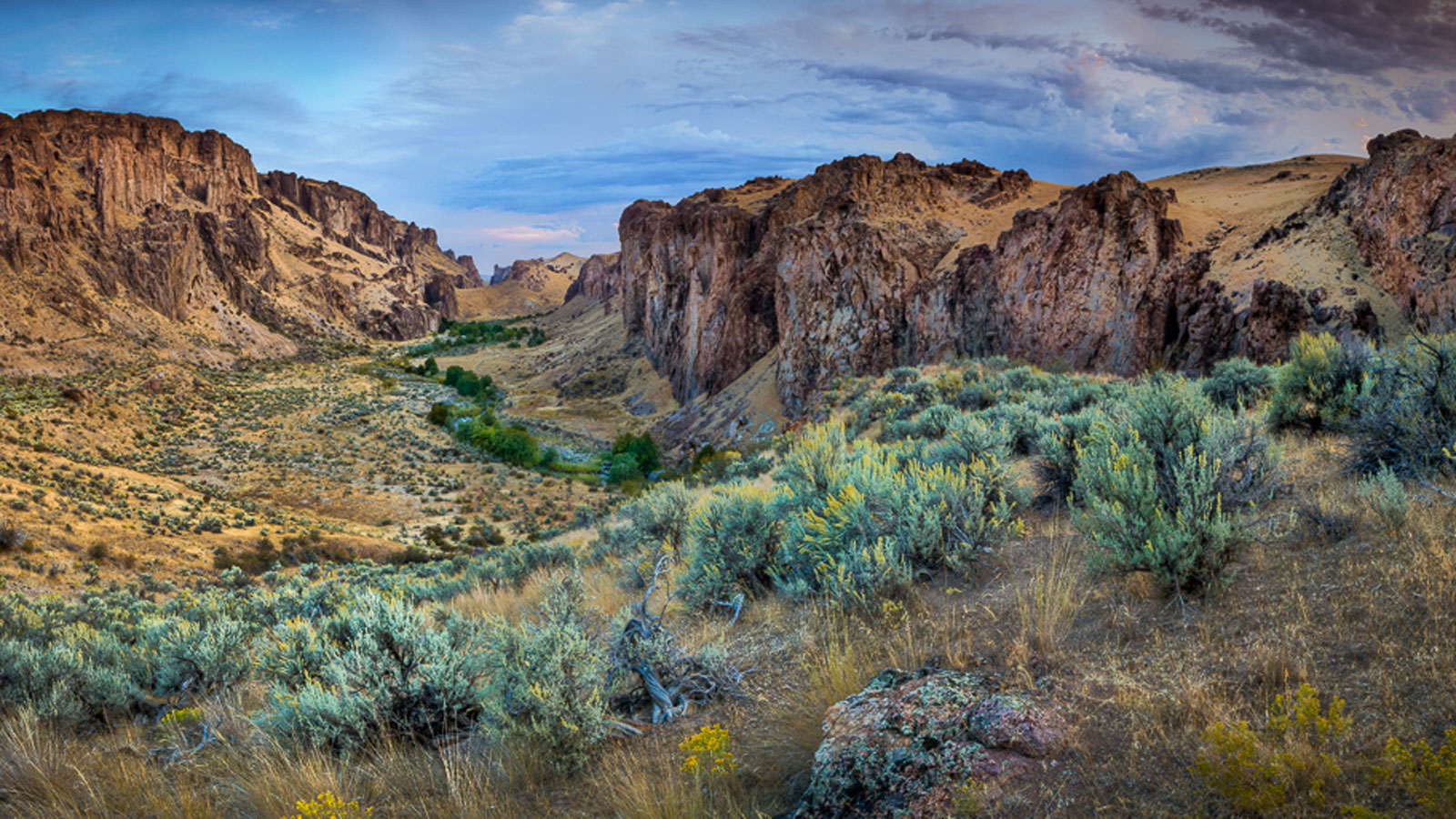
Sagebrush
If you’ve visited the high desert of Eastern Oregon, you’re familiar with sagebrush as far as the eye can see. It is a dominant shrub species in the Owyhee Canyonlands, providing habitat and food for various wildlife species including sage grouse, mule deer, pronghorn antelope, and various small mammals. Many bird species also rely on sagebrush for nesting sites and food sources.
These shrubs are characterized by their silvery-green foliage and aromatic scent. The deep root systems of sagebrush help stabilize soil and regulate water flow, reducing the risk of flooding, facilitating groundwater recharge, preventing erosion and reducing the risk of landslides.
Sagebrush also holds cultural significance for indigenous peoples and has been used for medicinal, ceremonial, and spiritual practices.
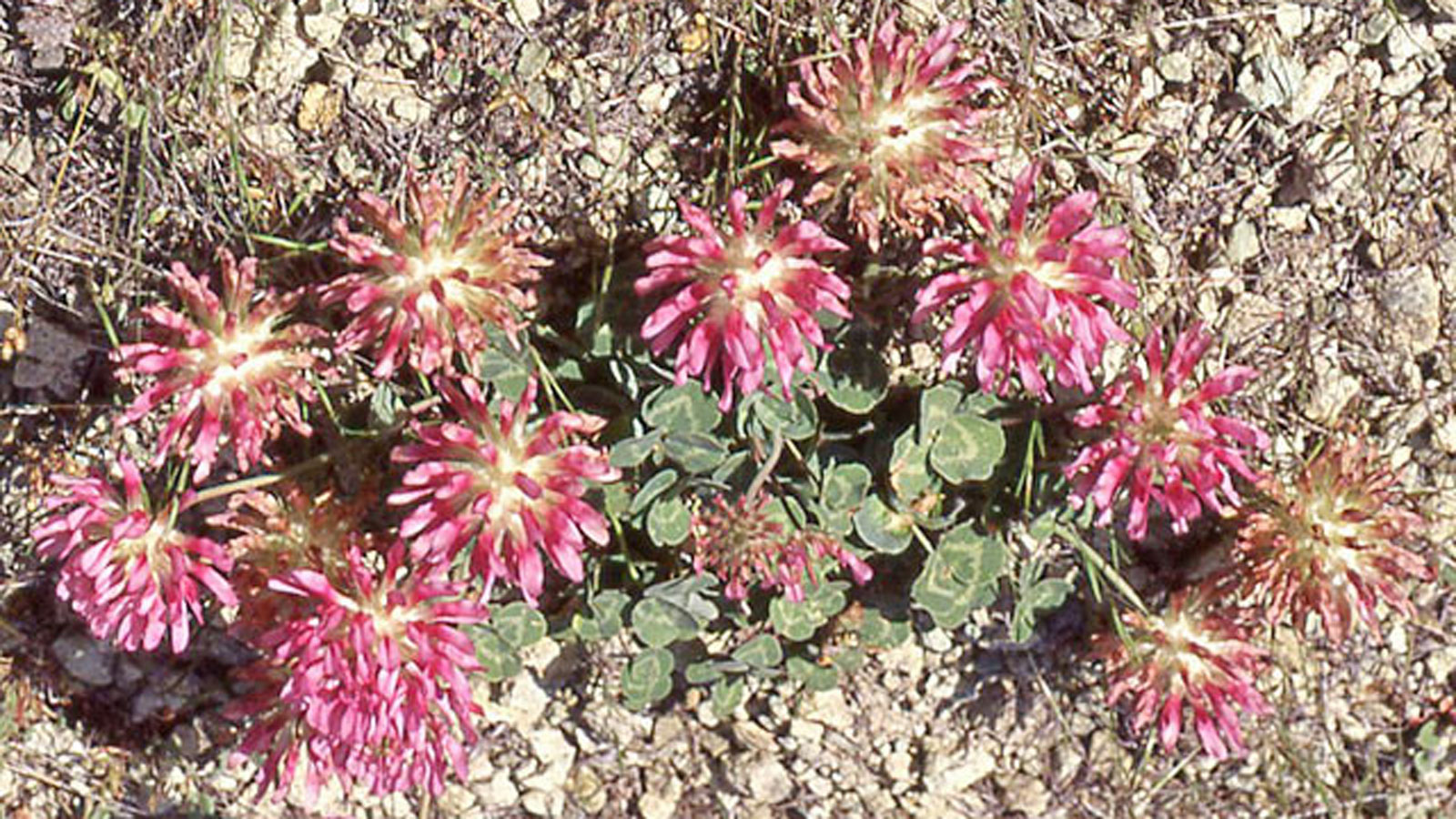
Owyhee Clover
Named for the region, this perennial herbaceous plant that typically grows in rocky or sandy soils in sagebrush ecosystems. It provides habitat and food for various species of wildlife, including insects, small mammals, and birds. Owyhee clover, like other leguminous plants, has the ability to fix nitrogen from the atmosphere into a form that can be used by other plants.
Producing nectar and pollen makes Owyhee Clover an important food source for pollinators, while the presence and abundance of Owyhee clover can serve as an indicator of the overall health and condition of sagebrush ecosystems in the Owyhee Canyonlands. Monitoring populations of Owyhee clover can help scientists assess the impacts of environmental factors such as habitat loss, climate change, and invasive species on the ecosystem.
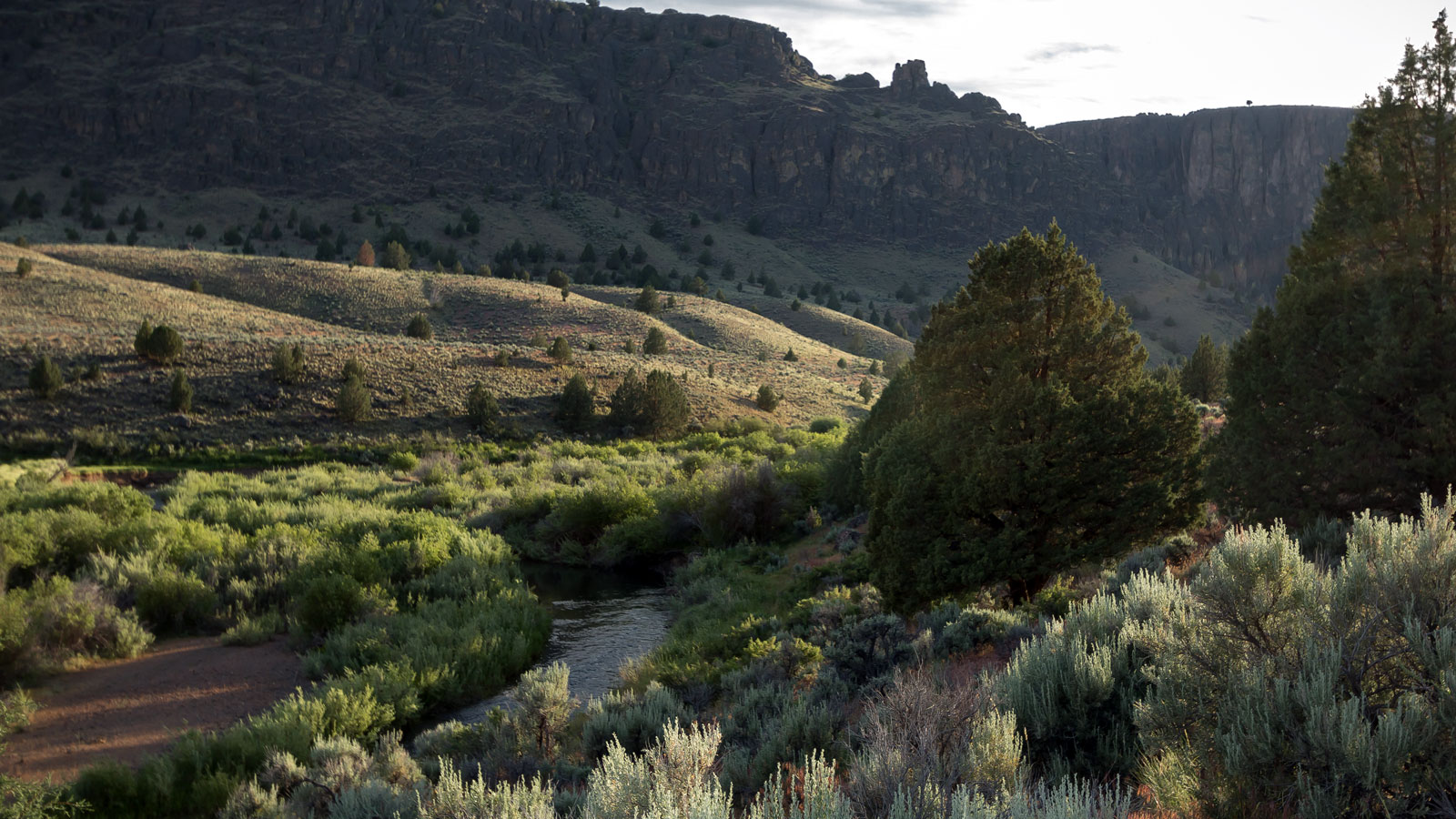
Western Juniper
Western juniper is a coniferous tree that typically grows in dry, rocky soils and is well-adapted to the arid conditions of the Owyhee Canyonlands. It is characterized by its dark green, scale-like leaves and small, berry-like cones.
Birds such as the western bluebird and pygmy nuthatch rely on juniper trees for nesting sites and shelter. Mammals like mule deer and elk browse on juniper foliage, especially in winter when other forage is scarce. Its wood was traditionally used by Native American tribes for making tools, weapons, and shelter, and its berries were used for medicinal and ceremonial purposes.
Its abundance and distribution in the landscape have changed over time due to factors such as fire suppression, land use changes, and climate change, highlighting the need for careful management and conservation efforts.
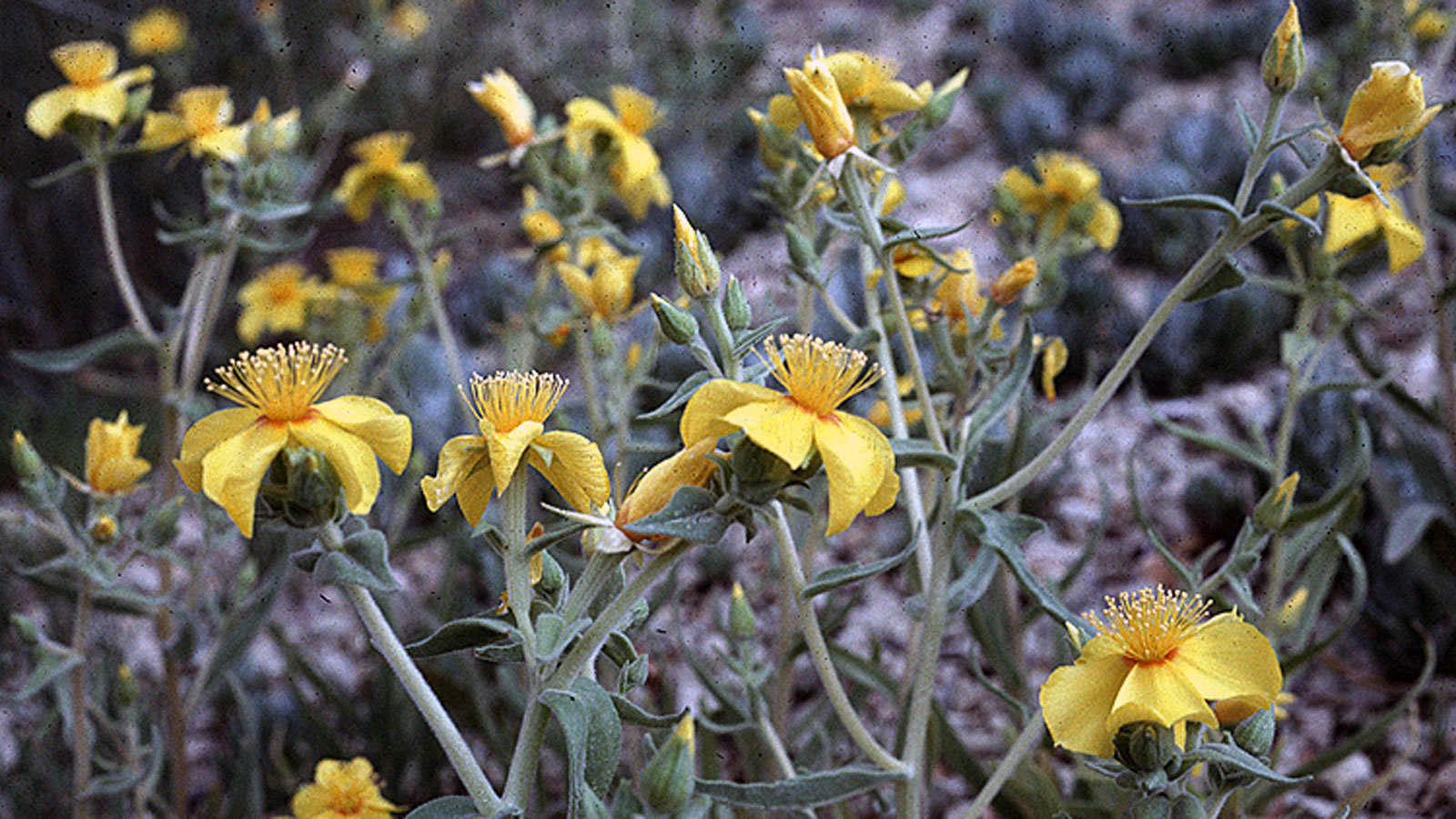
Packard’s Blazing Star
Named for Dr. Alpheus Spring Packard, Jr. a prominent American entomologist and botanist during the late 19th and early 20th centuries, this species of flowering plant is characterized by its showy yellow flowers and unique bristly foliage. Packard’s blazing star contributes to the visual appeal of the Owyhee Canyonlands, adding to the natural beauty and diversity of the landscape, attracting visitors and nature enthusiasts to the region.
Packard’s blazing star attracts pollinators such as bees, butterflies, and moths, while providing habitat and food for various insects and other small organisms. These pollinators play a crucial role in the reproduction of flowering plants in the ecosystem, including agricultural crops and native flora, while its presence supports a diverse array of species within the ecosystem.
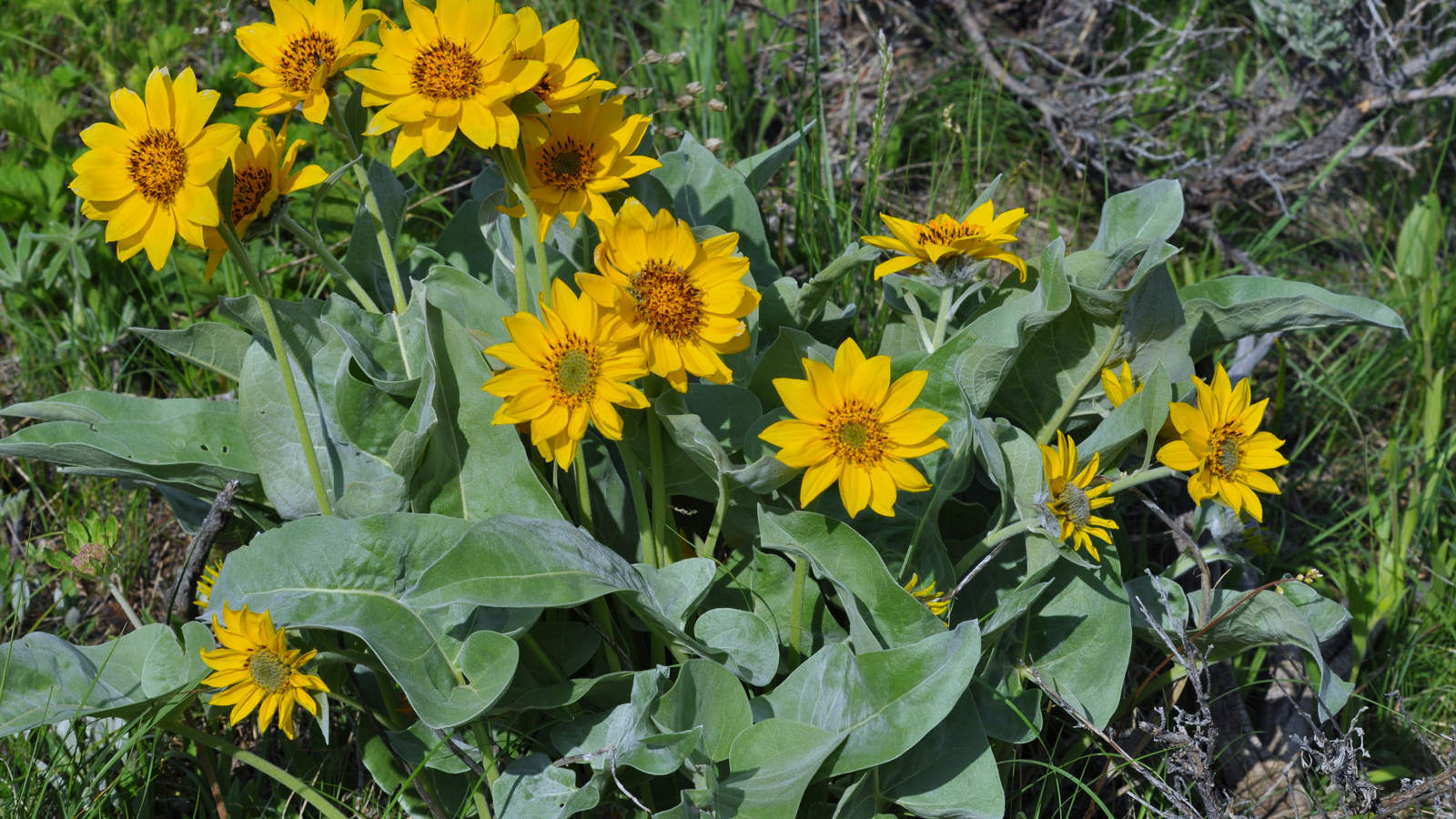
Arrowleaf balsamroot
A member of the sunflower family, known for its large, bright yellow flowers and arrow-shaped leaves, Arrowleaf balsamroot provides habitat and food for various wildlife species. Additionally, the seeds of arrowleaf balsamroot are consumed by birds and small mammals, contributing to the overall biodiversity of the region.
Parts of the plant were traditionally used to treat ailments such as wounds, respiratory issues, and digestive problems, while also holding cultural significance for many indigenous tribes in the region as it is used in ceremonial practices.
There are many other plants such as Bitterroot, Rabbitbrush and Lupine, which are all critical to the health of this ecosystem. Each species — including ours — contributes to this landscape in its own way, which is why we’re continuing our work to make sure that it is protected for future generations.
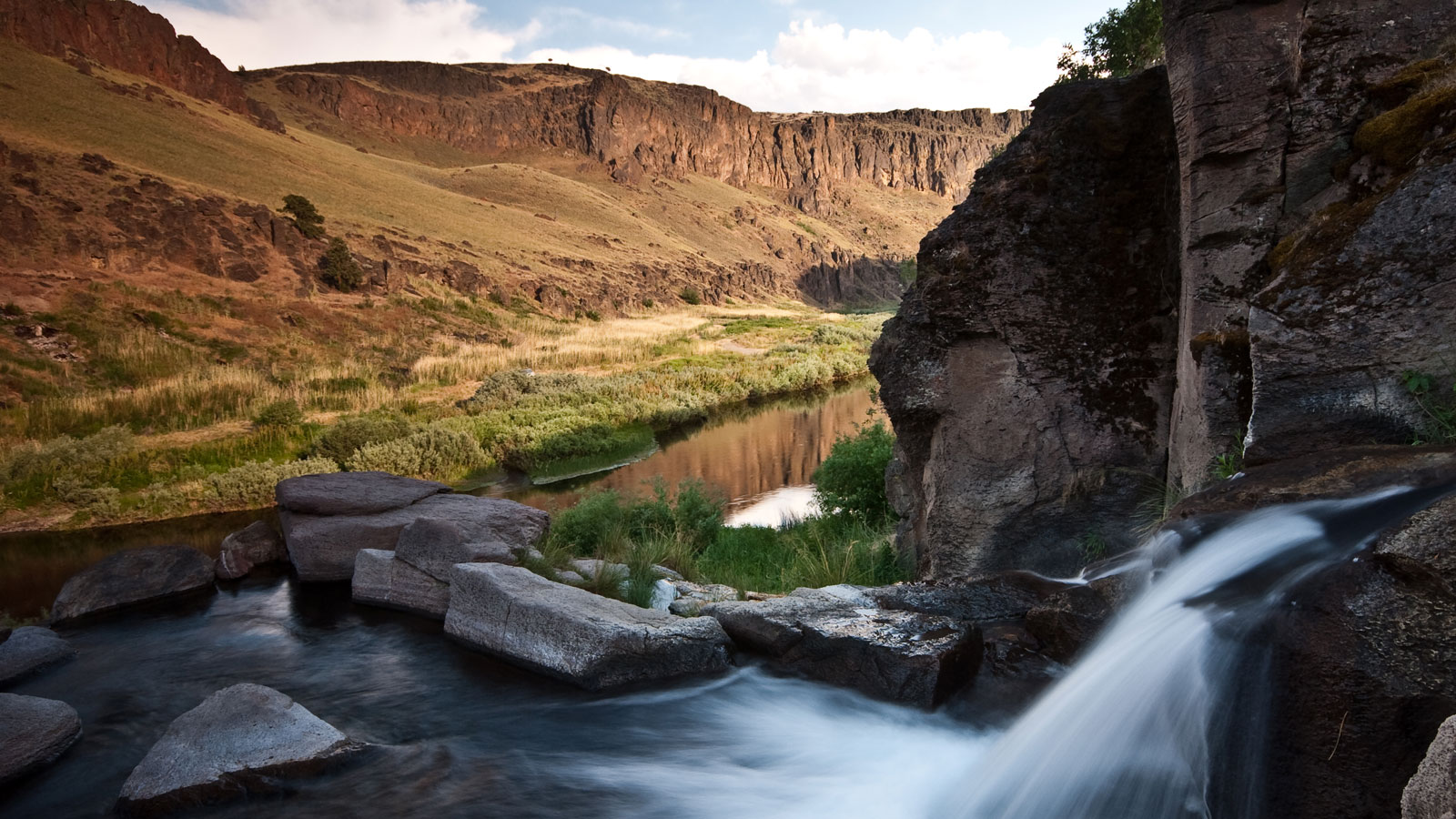
Protect the Owyhee Canyonlands
The Owyhee Canyonlands, one of Oregon's greatest treasures, should be permanently protected to secure its future for generations to come.
If you’re familiar with the plants of the Owyhee Canyonlands and have a favorite species to highlight or one that you think should have been on this list, please let me know.
Topics
Authors
Justin Boyles
Conservation Advocate, Environment Oregon Research & Policy Center
As the Conservation Advocate for Environment Oregon, Justin runs our campaign to Protect Owyhee Canyonlands. Justin has worked on campaigns to protect the Roadless Area Conservation Rule, clean up superfund sites along the Willamette River and promote solar energy in Oregon. In recent years, he was part of the Public Interest Network's Creative and Editorial team where he developed campaign logos and materials connected to dozens of campaigns, turned deep-dive research into digestible interactive features for our websites, and created myriad tools for campaigns to help win real results for the environment and the public interest. Justin lives in Portland with his wife and children where they regularly explore the diversity that Oregon's environment has to offer: From the coast to the high desert and the many amazing rivers, lakes, forests and mountains in between.
Find Out More
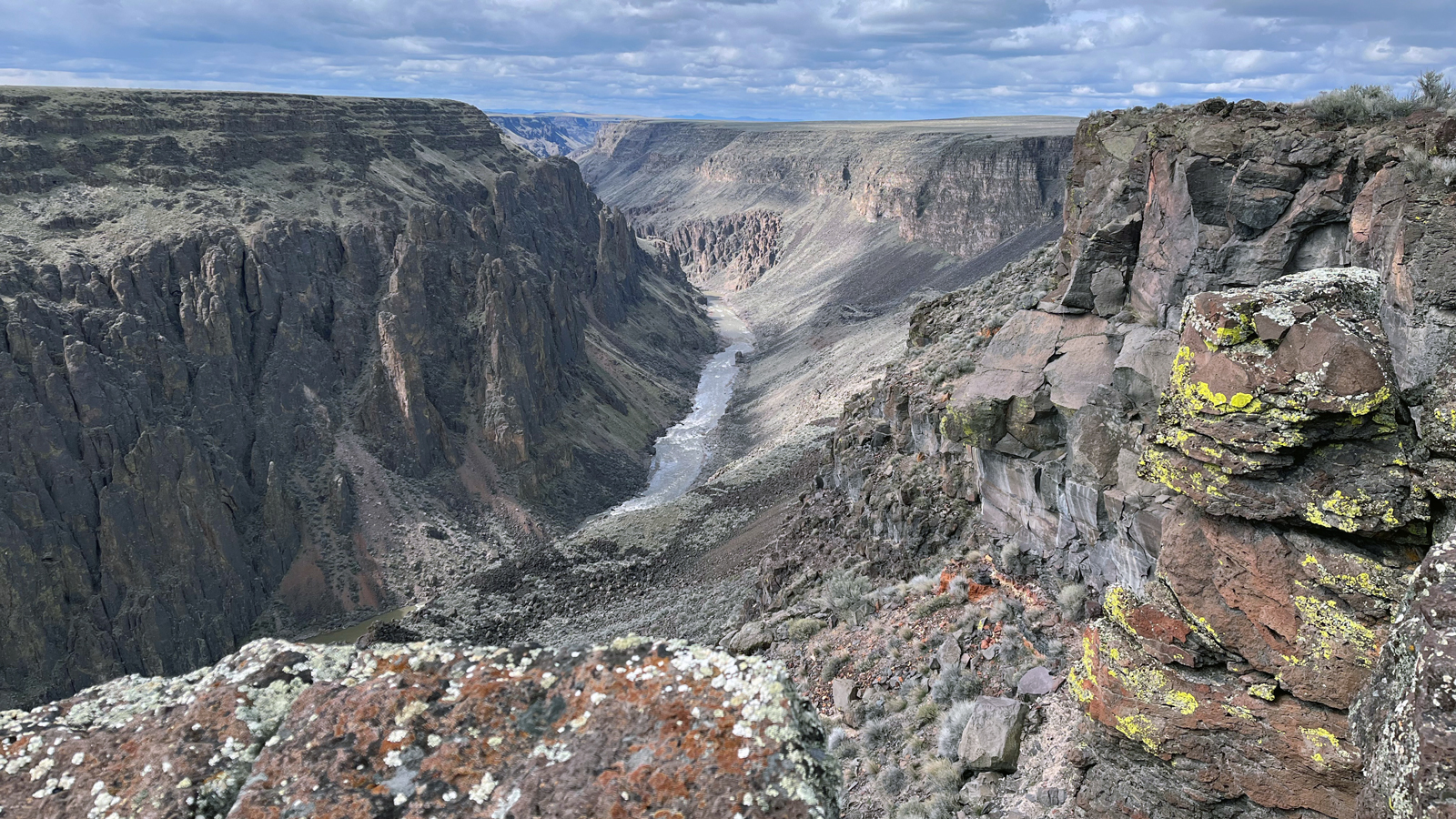
Exploring the Owyhee Canyonlands
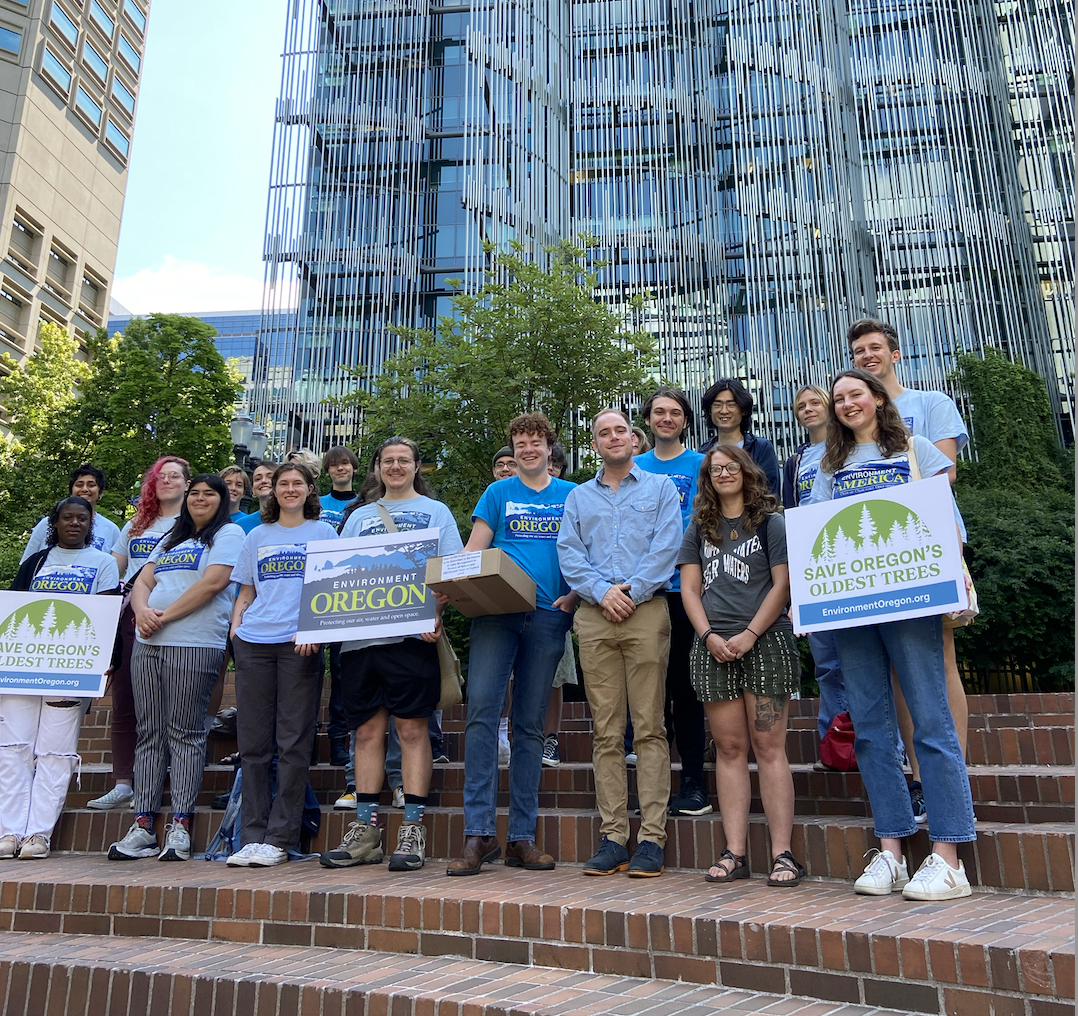
We’re hiring interns who envision a cleaner, greener world
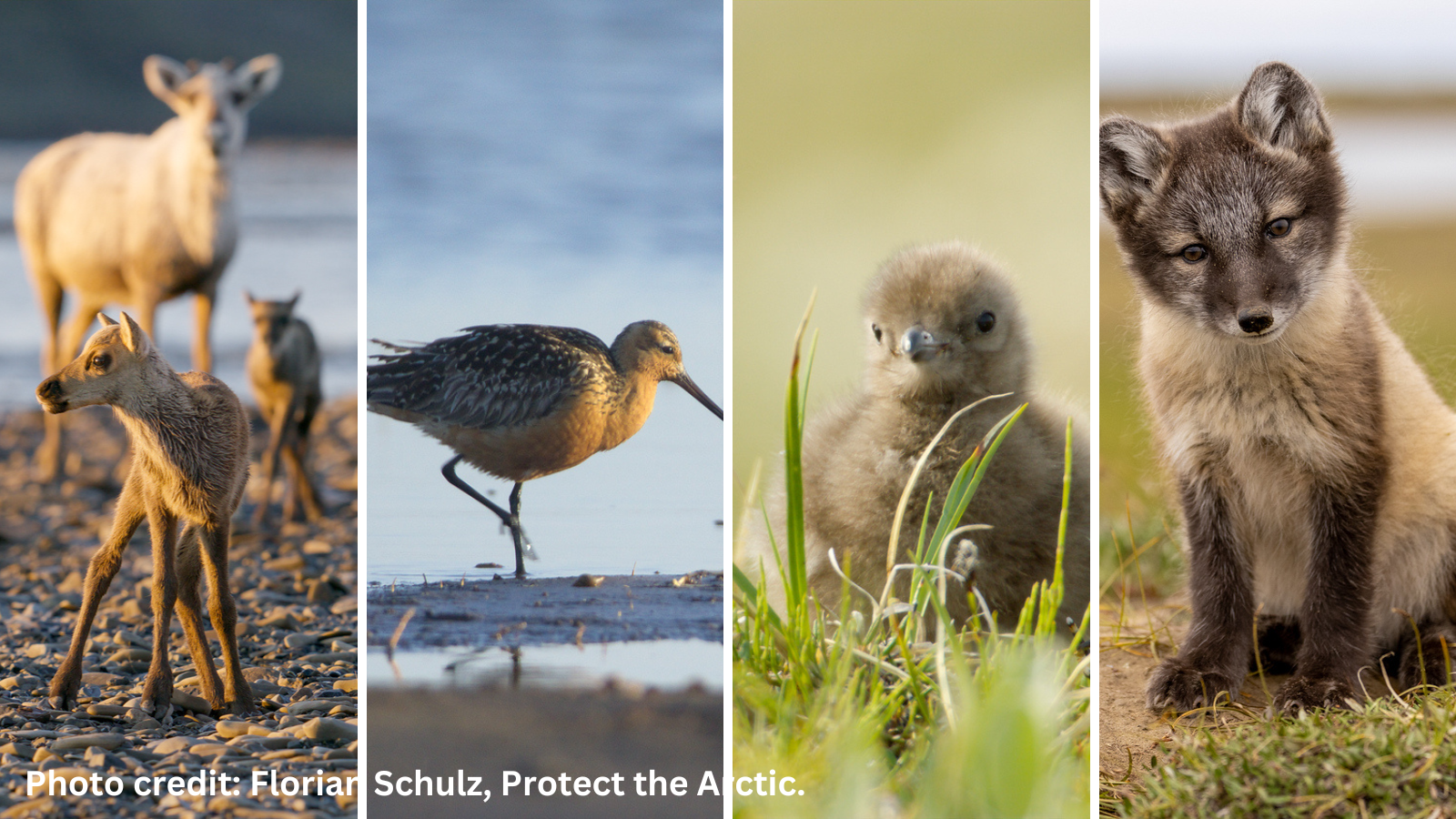
Why Alaska’s NPR-A, site of the Willow Project, deserves protection
